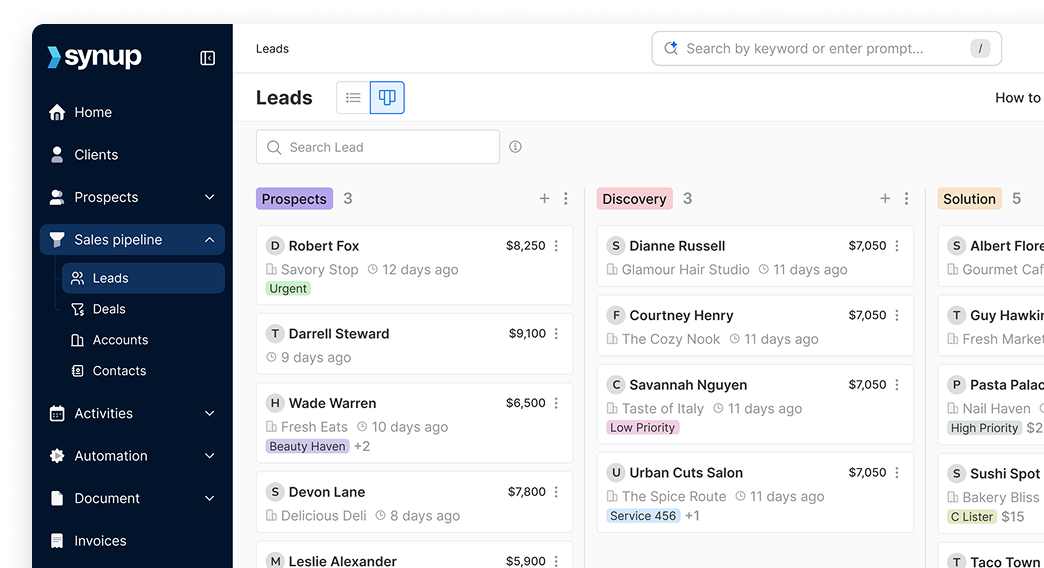How to Add Voice Search Schema Markup to Your Website
Tap into voice search to optimize your listing
If Sabrina Salerno had written her hit single “Summertime Love” in 2020, I bet the hook to the song would have been “Voice, voice, voice” instead. Now that we’ve gotten that “joke” out of the way, let’s actually talk about voice search and schema for a bit.
The indisputable fact of the matter is that voice search has become more relevant now than ever. We’re living in an all-digital world where contactless systems are given prime importance. Thanks to Amazon’s Echo range, we don’t need to worry about actually having to touch a device to crank up its volume when we’re visiting a friend’s house.
Gen Zers and millennials alike are using voice more and more, may it be in cars, homes, or even public places. Stats suggest that this trend is by no means coming to an end, and they also suggest that the younger someone is, the more open they are to adopting voice search.

But the question that we always end up discussing is, “How do I get found on voice search more?”, and schema markup might just be the answer to the question. Bear in mind, schema is definitely not the defining factor that will help improve your voice search results, it’s just something that might aid you in your quest for the voice search SEO endgame. But first:
What is website schema?
Website schema is a collection of tags, microdata, and machine-understandable information that you can use on your brand’s website to improve your SEO. You can learn more about the history of schema in this blog post.
There are different types of schema, for instance, review schema, product schema, and so on, but we’ll be talking about one particular type of schema in this blog post. The “speakable” schema property.
This property allows you to highlight 'speakable' parts of your webpage content, in the sense of the text-to-speech conversion, and can come especially handy if you want search engines to understand the essence or key points in a webpage. This post will act as a brief guide to explaining how you can add speakable schema to improve your voice search SEO.
Note: Doing this requires access to your webpage code. It is recommended that you don’t try this unless you have prior experience working in web development. You could also refer to this document from schema.org to learn to do this.
Adding speakable schema using JSON-LD
Step #1
Figure out to which page you are going to be adding the schema. For this example, we’re going to take this page.

Step #2
Come up with the content that you want to put up as speakable schema. For this page, I’d like to markup the following text as speakable schema:
“Voice search is here to stay, and it’s high time for your brand to optimize for getting found on search results that Google Assistant, Alexa, Siri, or Cortana dish out to its users (us). This post explains five things that you can do today to optimize your brand’s website for voice search.”
Step #3
It’s time to add this text to the template you’ll need to use for marking up text as schema. Download the HTML code of your webpage and add the schema to the <head> section of the webpage. This is the format you’ll need to follow:
{
"@context": "https://schema.org/",
"@type": "WebPage",
"name": "How to Optimize for Voice Search: A 5-Step Guide",
"speakable":
{
"@type": "SpeakableSpecification",
"cssSelector": ["headline", "summary"]
},
"url": "https://synup.com/blog/how-to-optimize-for-voice-search/"
}
TYPES: speakable
PRE-MARKUP:
Voice search is here to stay, and it’s high time for your brand to optimize for getting found on search results that Google Assistant, Alexa, Siri, or Cortana dish out to its users (us). This post explains five things that you can do today to optimize your brand’s website for voice search.
MICRODATA:
TODO
RDFA:
TODO
JSON:
{
"@context": "https://schema.org/",
"@type": "WebPage",
"name": "How to Optimize for Voice Search: A 5-Step Guide",
"speakable": [ "#myhead1", "#thesummary"],
"url": "https://synup.com/blog/how-to-optimize-for-voice-search/"
}
Doing this will add the schema to the webpage. Make sure you replace the highlighted text with the text relevant to the webpage you’re working on.
Step #4
All you need to do now is publish the page. Replace the existing webpage code with the new one to deploy the changes.
Note: If this does not work for you, you can alternatively use this method to add speakable schema to your webpage.
That’s not all!
While speakable in one type of schema that you can use in your content, it’s good practice to add more schema markup to your website to optimize your content for voice searches. Schema, at the end of the day, helps search engines understand your content better, and anything that improves your SEO has a good chance of improving your voice search SEO as well. You can read more about optimizing for voice search here.




